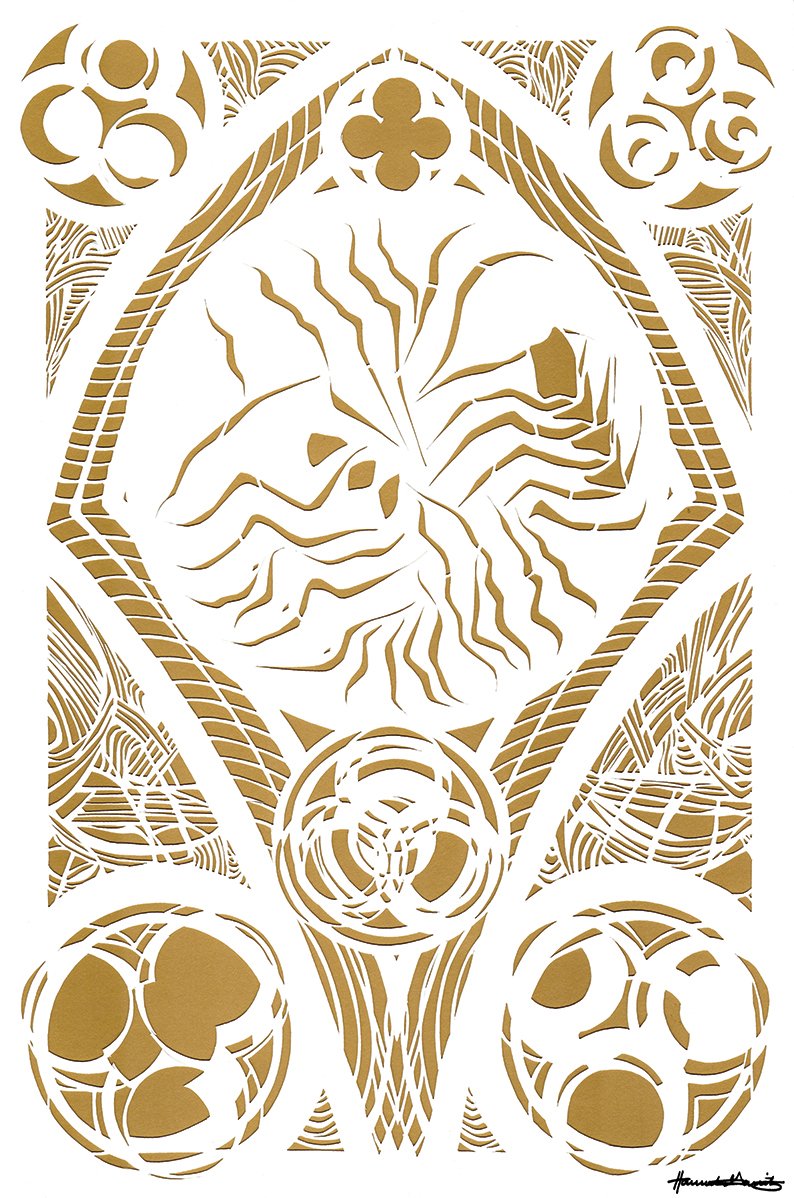The Fourth Week in Lent: Prodigal Grace
The theme of this year’s Lenten devotional, Full to the Brim, is an invitation into a radically different Lent, a full life. It’s an invitation to be authentically who you are, to counter scarcity and injustice at every turn, to pour out even more grace wherever it is needed. And so, this Lent, let us trust – fully – that we belong to God. Let us increase our capacity to receive and give grace. Let us discover the expansive life God dreams for us.
Read: Luke 15:1-3, 11b-32
Commentary by Rev. Ashley DeTar Birt
Everyone has something that challenges them, pushes them in a way that is ultimately good for them but perhaps they weren’t quite ready for. These things often help us grow as people and teach us important lessons, even if we struggle with them. For some people, it’s a person—maybe a teacher, or a classmate, or a coach. For others, it’s an experience—maybe a book that brought about new ideas, or a trip that didn’t go as planned, or an assignment with an unexpected level of difficulty. For a very long time, my challenge was the Parable of the Prodigal Son.
I don’t think I’m the only person who has ever struggled with this parable. No matter where we see ourselves in this story—as the younger son, the older son, or even as the father—it can be challenging to sympathize with everyone. Why would the younger son take so much—half of the estate—from his father, only to waste it? Why wouldn’t the older son celebrate the fact that his brother is back? Why wouldn’t the father (or anyone, for that matter) bother to tell the older son what’s going on? Trying to make sense of these characters was hard for me, but what I eventually came to realize is that every single one of them, regardless of what they’ve done, receives grace. Both sons, one wasteful and one frustrated, receive the grace of their father, and even the father (who could, but isn’t explicitly said to, represent God) experiences grace in his interactions with his sons. No one earns it, but rather it is something they experience together. Once I understood this, I began to feel the grace this parable extends in my own life. There’s no limit to the grace we can experience with God because God puts no limits on grace. Our lives can be big, full, messy, complicated, imperfect, a wreck, and God’s grace will still be there.
Go forth and experience God’s grace in the people in your life, without limits.
What Doesn’t Play by the Rules
I come into the room
calculating
what I’ve done,
as if hurt could be measured,
as if there was a score system,
as if we could say what I owe in return.
I come into the room
ready to apologize,
ready to make amends,
ready to tell you all the things I’ll do to make it better,
but you put your arms around me.
Grace is the ocean
that softens the edges.
Grace is rain in the desert—
you’re not sure whether to
laugh, cry, or dance.
Grace is a miracle,
all by itself.
In a scorekeeping world,
grace doesn’t play by the rules.
I come into the room
calculating what I’ve done.
You say there’s grace here.
It feels like a miracle.
I don’t know whether to
laugh, cry, or dance.
Poem by Rev. Sarah (Are) Speed
Inexplicable Joy | Hannah Garrity
Paper lace
Read: Luke 15:1-3, 11b-32
From the Artist | Hannah Garrity
Full to the brim with joy. An existential crisis, like the last two years of the COVID pandemic, helps us all to appreciate the joy with which the father of the prodigal son celebrates.
This image depicts the joyful motion of a party, the lights in particular. The lines in this stained glass window design are inspired by photographs of light glowing and moving, dancing in the night. In the center circle, the shadow of a dancing silhouette repeats, echoing the way that we see figures move in two dimensions in the light of the night. In the corners of the window frame, architectural motifs that historically represent the Holy Trinity reflect the light as though shining themselves.
Thinking about an expansive Lent as I worked on this paper lace, this image became all about joy. Joy that is misunderstood. Joy as an act of resistance. Inexplicable joy. In an expansive understanding, the joy that the father is experiencing makes sense. He shows an uncharacteristic willingness to celebrate inexplicably with joy.
How can we notice and give grace to those who are experiencing inexplicable joy—particularly when it is an act of resistance? Where can we enter into their joy? Where in our own lives can we celebrate despite the incongruence of joy and pain, joy and discord, joy and anger?
Pray
Breathe deeply as you gaze upon the image on the left. Imagine placing yourself in this scene. What do you see? How do you feel? Get quiet and still, offering a silent or spoken prayer to God.
New in Christ | Lauren Wright Pittman
Digital painting
Read: 2 Corinthians 5:16-21
From the Artist | Rev. Lauren Wright Pittman
How does one image the transformation we experience in Christ? I began with this verse: “So if anyone is in Christ, there is a new creation; everything old has passed away; see, everything has become new!” (2 Cor. 5:17, NRSV)
When I closed my eyes and repeated this verse over and over again, I began to see the silhouette of a person filled with the echoes of the first creation narrative in Genesis. This came at no surprise to me, considering I like to think of the first creation narrative in a radial fashion, with the imagery of each day starting from the center and building in rings upon the next. Within this person experiencing new life in Christ is imagery of the delineation of light and darkness, water and sky, water and earth. They contain seeds yielding vegetation, the light of the sun and the moon, the feathers of winged creatures, the patterned wings of butterflies, and the closed buds of Sabbath. From there the creation narrative begins again, continuing to ripple and move toward the edges of the figure.
At the center of the creation narrative is a fire poppy, which symbolizes new life, for it grows and thrives in the ash following the destruction of wildfire. A butterfly is poised on the flower, also representing new life, for it transforms from a caterpillar into an intricately-designed, delicately-winged creature. The poppy grows from the wound of the golden figure who is meant to personify the transformative love of Christ. The figures, one experiencing new life, and the other sharing the love of Christ, embrace and dance, offering a new picture of what the ministry of reconciliation might look like.
Pray
Breathe deeply as you gaze upon the image on the left. Imagine placing yourself in this scene. What do you see? How do you feel? Get quiet and still, offering a silent or spoken prayer to God.



